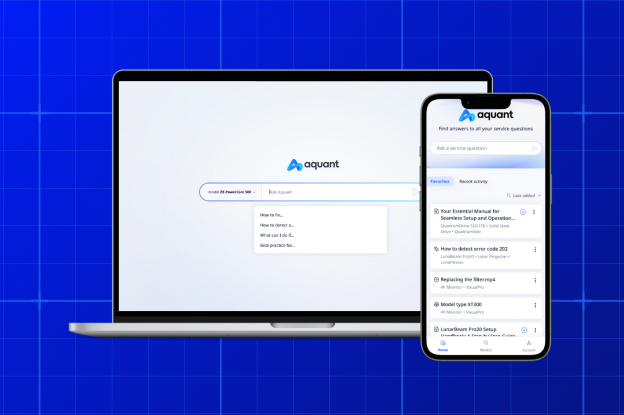The Service Industry Is Evolving—Are You Keeping Up?
Whether you’re leading field service operations, overseeing technical support, or navigating the shift toward AI-powered service delivery, one thing is clear: the pressure to perform has never been greater. Across industries—from medical devices and manufacturing to energy and utilities—leaders face a common set of obstacles that are stalling progress, draining resources, and preventing service excellence.
Based on industry data and real-world insights, here are the top three service challenges facing organizations today—and how leading teams are overcoming them.
1. Rising Customer Expectations
Modern customers expect faster resolutions, personalized experiences, and proactive communication—and they won’t tolerate delays, repeated issues, or inconsistent service. Traditional metrics like NPS or CSAT only scratch the surface. They’re too reactive to drive real change.
Why it matters:
- 80% of customers say the experience a company provides is as important as its products or services.
- First-time fix rates and response times remain critical KPIs.
The solution:
Top-performing service organizations are shifting toward data-driven decision-making and AI-powered tools to anticipate needs before they arise. By harnessing service data—from past tickets to machine performance logs—they can pinpoint gaps, optimize workflows, and meet expectations before issues escalate.
2. The Remote & Hybrid Workforce Shift
The traditional field service model has been upended. Teams are now decentralized, hybrid, or fully remote—and the tools they rely on must keep pace.
Key challenges include:
- Knowledge loss when veteran technicians retire
- Gaps in training for newer, less experienced team members
- Delayed issue resolution due to limited on-site access
How leaders are adapting:
Organizations are embracing remote diagnostics and virtual collaboration, along with AI-enabled knowledge management systems to empower technicians, no matter where they’re located. Technologies like augmented reality and guided workflows help new hires get up to speed quickly, while also reducing the burden on senior team members.
3. Talent Retention and Workforce Transformation
With seasoned technicians aging out of the workforce and younger employees seeking flexibility and growth, the service talent gap continues to widen.
What’s driving the challenge:
- A shrinking pipeline of skilled workers
- High turnover due to lack of career development
- Misalignment between training programs and on-the-job realities
Smart organizations are:
- Creating upskilling pathways tailored to individual learning styles
- Using AI to personalize training and surface real-time performance feedback
- Building cultures that value employee retention as much as customer satisfaction
For more on how to future-proof your workforce, check out our CIO Guide to Unlocking Scalable Wins.
How to Achieve Service Excellence in 2025 and Beyond
The service industry is at a tipping point. To thrive, leaders must go beyond basic productivity metrics and embrace a strategic, technology-enabled approach to operations.
Here’s what works:
- Use AI to uncover root causes and optimize service strategies
- Measure technician performance based on actual outcomes, not just checklists
- Automate routine tasks to free up time for higher-value service delivery
- Integrate systems so data flows between teams, tools, and departments
- Invest in workforce development—from technician onboarding to career pathing
Final Thoughts
The most successful service organizations are the ones that evolve with their challenges—not react to them. Whether you’re looking to reduce repeat visits, improve customer satisfaction, or build a future-ready workforce, the roadmap to success starts by tackling these three core challenges head-on.
By investing in AI-powered service platforms, enhancing workforce agility, and focusing on continuous improvement, your organization can move from reactive firefighting to predictable, scalable, and exceptional service delivery.



